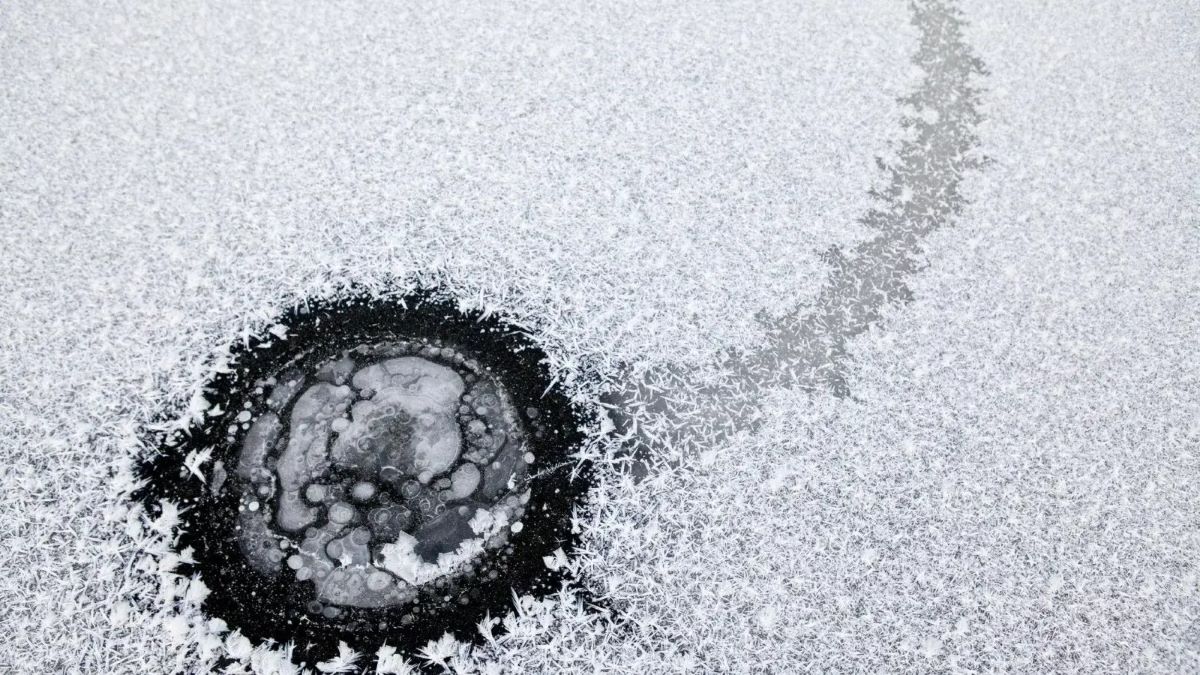Hidden Ice Age: Yedoma Permafrost Mysteries In Alaska

Have you ever wondered what secrets lie beneath Alaska's frozen ground? The Yedoma permafrost holds clues to ancient times, preserving plants, animals, and even entire ecosystems from the Ice Age. This unique type of permafrost, found in Alaska and Siberia, is like a time capsule, offering a glimpse into a world long gone. As climate change causes these frozen layers to thaw, scientists race to study the Yedoma permafrost before its secrets melt away. Join us as we delve into the mysteries of this icy treasure and uncover what it can teach us about our planet's past and future.
Unveiling the Yedoma Permafrost
Alaska's Yedoma permafrost holds secrets from the Ice Age. This frozen ground, rich in organic material, offers a glimpse into ancient ecosystems. Let's explore some fascinating spots where you can witness this natural wonder.
1. Fairbanks
Fairbanks, Alaska, is a prime location to observe Yedoma permafrost. The University of Alaska Fairbanks conducts research here, providing insights into climate change and ancient life. Visit the Permafrost Tunnel Research Facility to see the frozen ground up close.
2. Denali National Park
Denali National Park isn't just about stunning mountain views. The park's permafrost areas reveal layers of history. Rangers offer guided tours, explaining how Yedoma permafrost impacts the landscape and wildlife.
3. Yukon-Kuskokwim Delta
The Yukon-Kuskokwim Delta is a vast, remote region with extensive Yedoma permafrost. This area is crucial for understanding carbon release as the permafrost thaws. Birdwatchers will also enjoy the diverse avian population.
4. Seward Peninsula
The Seward Peninsula offers a unique look at Yedoma permafrost. Here, you can see thermokarst lakes formed by melting permafrost. These lakes provide important data on how climate change affects permafrost regions.
5. Kotzebue
Kotzebue, a small town above the Arctic Circle, sits on Yedoma permafrost. Local guides share knowledge about traditional ways of life and how the changing permafrost affects their community. It's a blend of culture and science.
6. Nome
Nome, famous for the Iditarod Trail Sled Dog Race, also has Yedoma permafrost. The surrounding tundra offers a chance to see permafrost features like ice wedges and patterned ground. Nome's history and natural beauty make it a must-visit.
7. Barrow (Utqiaġvik)
Barrow, the northernmost city in the U.S., is built on Yedoma permafrost. Researchers study the effects of thawing permafrost on infrastructure here. The Inupiat Heritage Center provides cultural context to the scientific findings.
8. Brooks Range
The Brooks Range, a mountain range in northern Alaska, has areas of Yedoma permafrost. Hiking trails offer views of this ancient frozen ground. The rugged landscape and rich history make it an adventurer's paradise.
9. Arctic National Wildlife Refuge
The Arctic National Wildlife Refuge is a pristine area with Yedoma permafrost. This refuge is home to diverse wildlife and offers a glimpse into untouched natural beauty. It's a perfect spot for eco-tourists and researchers alike.
10. Prudhoe Bay
Prudhoe Bay, known for its oil fields, also has significant Yedoma permafrost. The industrial landscape contrasts with the natural permafrost features. Tours of the area provide a unique perspective on the intersection of industry and nature.
The Importance of Yedoma Permafrost
Yedoma permafrost in Alaska holds many secrets about our planet's past. This ancient frozen ground contains trapped greenhouse gases like methane and carbon dioxide. When Yedoma thaws, these gases can be released, affecting climate change. Scientists study Yedoma to understand how global warming might impact our future.
Exploring Yedoma also reveals information about prehistoric life. Fossils and ancient plants found in the permafrost give clues about ecosystems from thousands of years ago. This helps researchers learn how species adapted to past climate changes.
Understanding Yedoma permafrost is crucial for predicting future environmental changes. It highlights the need for climate action to protect our planet. By studying this frozen ground, we gain valuable insights into Earth's history and future. Yedoma permafrost is a key piece of the puzzle in understanding our changing world.

